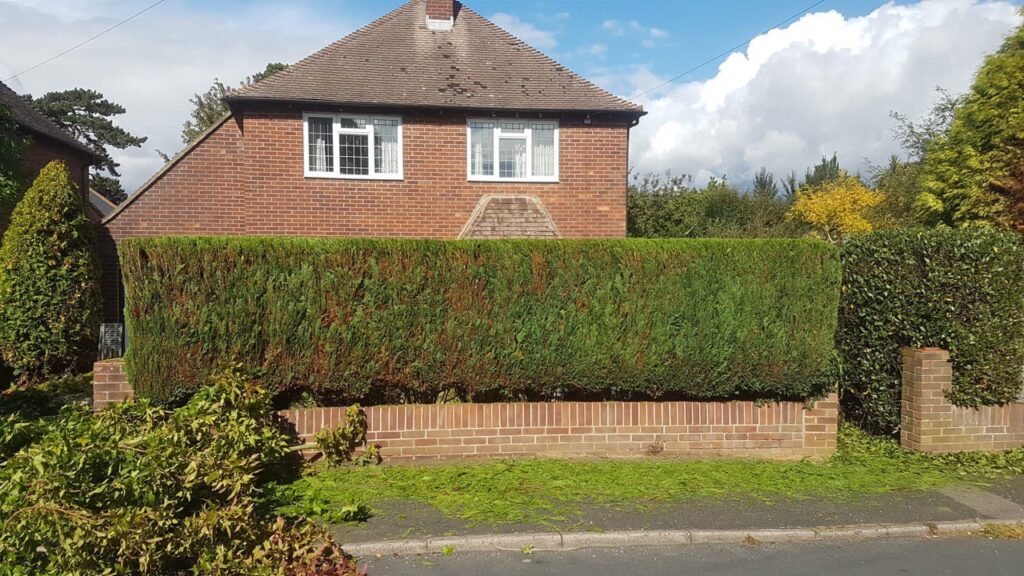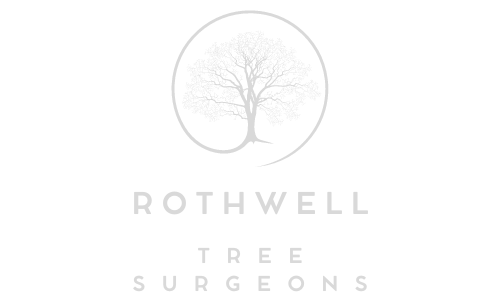Navigating Urban Jungle: Tree Felling in Urban Environments
Urban environments present unique challenges for tree care professionals regarding felling trees. With densely populated areas, limited space, and a myriad of infrastructure, the task requires meticulous planning, specialised techniques, and strict adherence to safety protocols. In this blog post, we’ll explore the challenges associated with tree felling in urban environments and discuss best practices to ensure safe and successful operations.
Challenges of Tree Felling in Urban Environments:
- Limited Space: Urban areas often have limited space for tree-felling operations, with buildings, roads, sidewalks, and utility lines constraining the workspace. This requires arborists to carefully plan the felling direction and utilise precise cutting techniques to avoid property damage and ensure the safety of bystanders.
- Structural Obstacles: Trees in urban environments are often surrounded by structures such as buildings, fences, and power lines, complicating the felling process. Arborists must navigate these obstacles while maintaining safety and minimising disruption to the surrounding infrastructure.
- Public Safety: Felling trees in urban areas requires close coordination with local authorities and public safety agencies to ensure the safety of pedestrians, motorists, and nearby residents. Clear communication, proper signage, and traffic control measures may be necessary to mitigate risks and prevent accidents during the felling operation.
- Environmental Sensitivity: Urban trees are crucial in mitigating air pollution, providing shade, and enhancing the aesthetic value of neighbourhoods. Arborists must consider the environmental impact of tree felling and take measures to minimise disruption to urban ecosystems and preserve green spaces.
Best Practices for Tree Felling in Urban Environments:
- Thorough Site Assessment: Before initiating tree-felling operations, conduct a comprehensive site assessment to identify potential hazards, structural obstacles, and environmental sensitivities. Consider tree lean, wind direction, and surrounding infrastructure to develop a safe and effective felling plan.
- Utilise Specialised Equipment: Urban tree felling often requires specialised equipment such as crane trucks, aerial lifts, and rigging gear to navigate tight spaces and manoeuvre around obstacles safely. Invest in high-quality equipment and ensure that trained professionals properly maintain and operate it.
- Precision Cutting Techniques: Employ precision cutting techniques such as directional felling, notch cutting, and back cutting to control the direction of the tree’s fall and minimise the risk of property damage or injury. If necessary, work methodically and systematically to remove the tree in sections, avoiding contact with nearby structures and vegetation.
- Communicate and Coordinate: Effective communication and coordination are essential when felling trees in urban environments. Collaborate closely with property owners, local authorities, utility companies, and public safety agencies to coordinate road closures, pedestrian detours, and other measures to ensure the safety of the surrounding community.
- Environmental Mitigation Measures: Implement environmental mitigation measures such as replanting, habitat restoration, and green infrastructure development to offset tree loss and preserve urban ecosystems. Prioritise the planting of native species and incorporate green space planning into urban development projects to enhance biodiversity and improve residents’ quality of life.
Conclusion: Tree felling in urban environments presents unique challenges that require careful planning, specialised techniques, and close coordination with local authorities and stakeholders. By following best practices such as thorough site assessment, utilising specialised equipment, employing precision cutting techniques, communicating and coordinating with stakeholders, and implementing environmental mitigation measures, arborists can ensure safe and successful tree-felling operations in urban areas.
Call us on: 01536 903 994
Click here to find out more about Rothwell Tree Surgeons
Click here to complete our contact form and see how we can help with your tree’s need.

